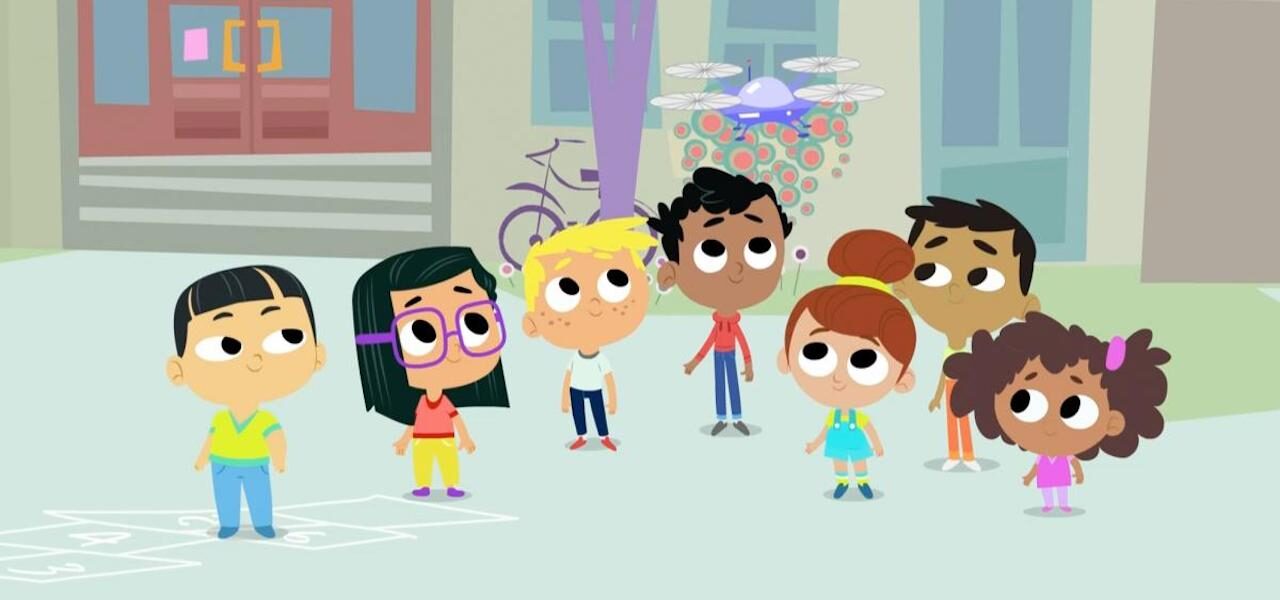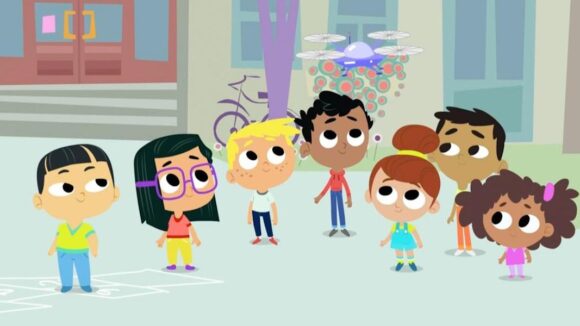

Report: Canadian Kids’ TV Animation Nears Racial Equality, Lags Behind On Gender
Canadian kids’ animation is becoming more racially diverse, according to a new report on representation in the medium. However, the researchers add that progress still needs to be made when it comes to gender, disability, and some racial groups.
The authors of “Examining Children’s Animated Television in Canada (2018/2019)” classified 121 main characters from 27 animated kids’ series with a Canadian producer. The shows are a recent sample: they all aired in Canada over the past few years. They include the BBC’s Kiri and Lou, Netflix’s Cupcake & Dino: General Services, and JAM Media’s Becca’s Bunch.
The study, from the Children’s Media Lab at Toronto’s Ryerson University, is a follow-up to “The Landscape of Children’s Television in the US & Canada,” a report that considered some of the same issues in kids’ shows (animated and otherwise) that aired in the two countries in 2017 and before.
We’ve summarized the latest study’s findings below:
Race
The study found an almost exact balance between white characters and characters of color. Of the 121 protagonists, 51% were white, 14% Black, 11% Hispanic, 11% East Asian, 6% Indigenous, 5% South Asian, and 1% Middle Eastern. The authors singled out the last three groups as “largely underrepresented.”
But they noted that, on the whole, strides have been made in this area. The previous report found that 74% of main characters (in animated and live-action shows in the U.S. and Canada) were white.
Gender
Female characters remain underrepresented: 63% of the protagonists were male, 37% female. Intriguingly, of the anthropomorphic non-human characters, a full 70% were presented as male. The authors called for greater equality, adding, “creators must start thinking about gender as a fluid construct rather than as a dichotomous (male/female) category.”
They also looked at recurring aspects of character design where gender stereotypes are often reinforced, like body shape and dress. For example, 96% of characters with eyelashes were female.
Disability
Here too, representation is still a way off, according to the authors. They wrote: “[S]igns of obvious physical disabilities or chronic illnesses were mostly absent among all characters … whereas signs of neurodiversity [implicating conditions like autism and ADHD] were completely absent.”
They counted only two characters with an apparent disability or chronic illness: one with a glass eye, one experiencing memory loss. According to their data, 20% of Canadians live with at least one disability.
Read the full study here. The first study can be found here.
Image at top: Big Bad Boo’s “16 Hudson”

.png)